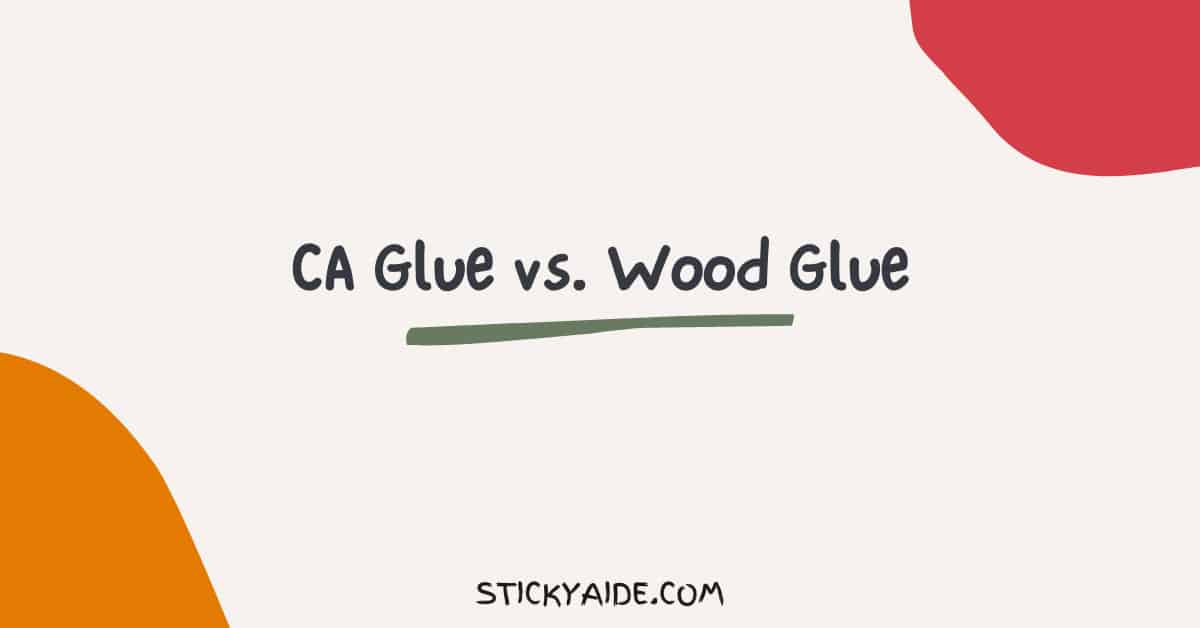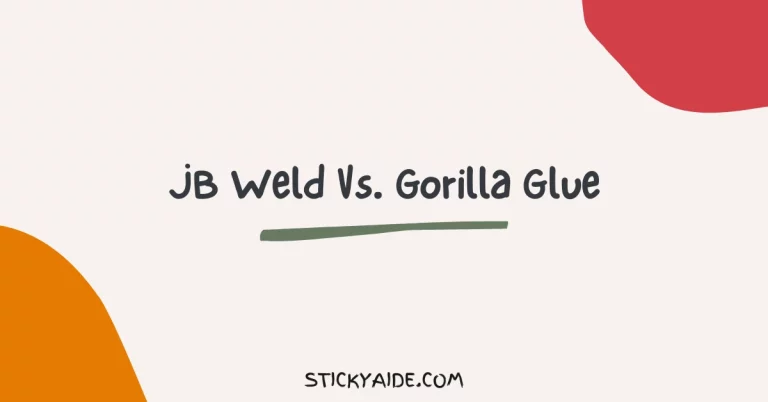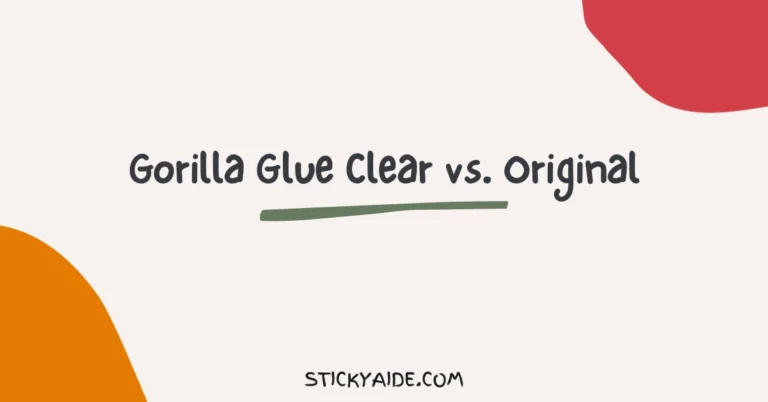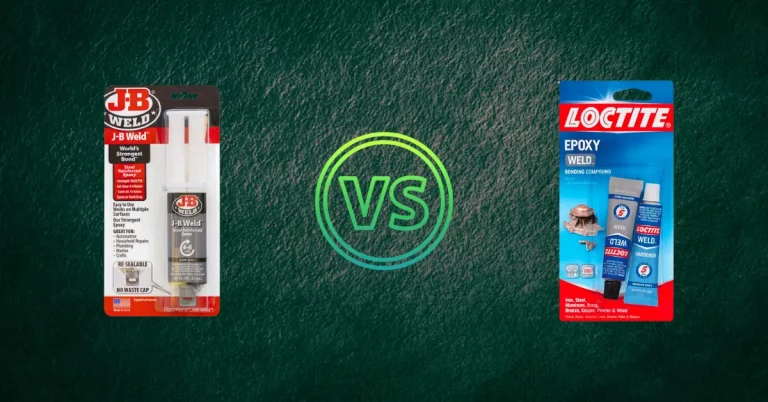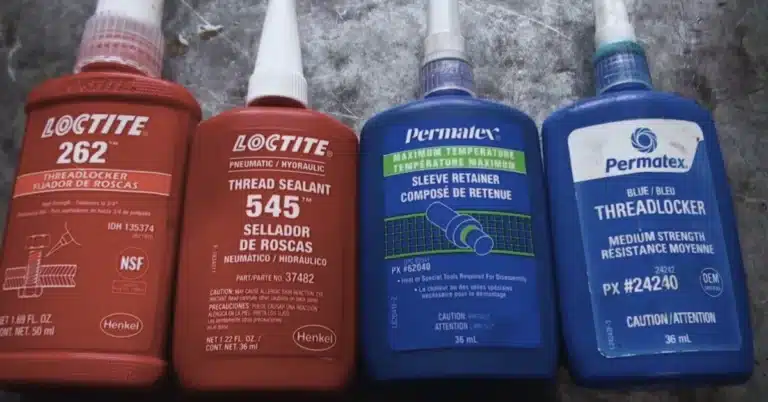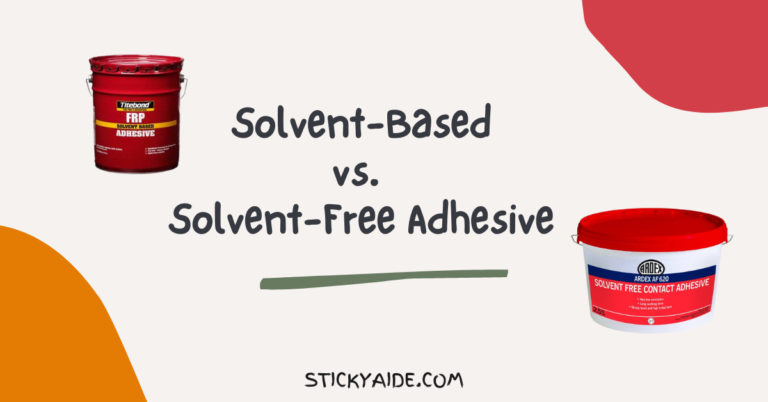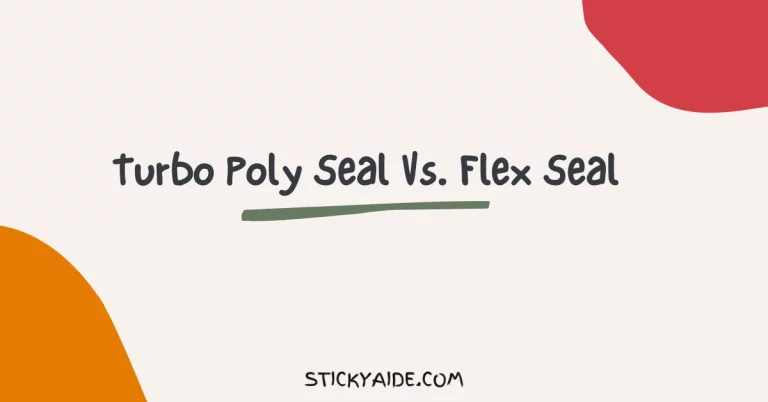Whether you’re building a new piece of furniture or fixing a family heirloom, chances are you’ll be working with wood glue in your workshop one way or another.
CA glue (short for cyanoacrylate) and wood glue are both strong adhesives that can be used to join two different materials together. Still, they function very differently, so it’s essential to know the difference between them before you grab the wrong bottle off the shelf.
Here are some idea on the difference between CA glue and wood glue.
Read More: Hot Glue vs. Wood Glue
CA Glue vs. Wood Glue
What is CA Glue?
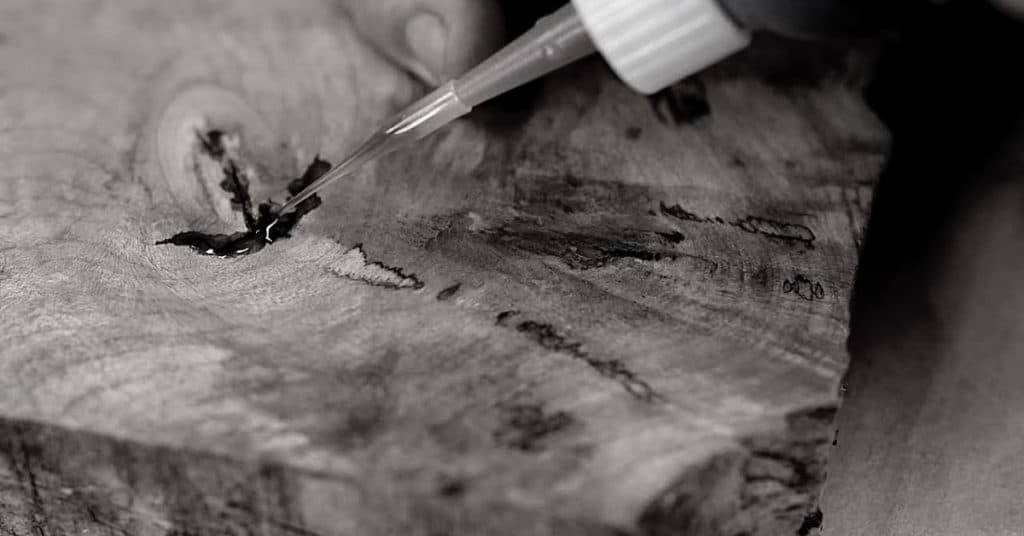
CA glue is also known as cyanoacrylate, epoxy putty, instant glue, super glue, or plastic bonding agent. It is a fast-acting adhesive with a number of applications for arts and crafts projects. It’s typically used for adhering plastics to plastics or acrylics to other materials.
Read More: CA Glue vs. Super Glue
There are two main types of CA glue: single use (requiring an activator) and general purpose (not requiring an activator). The activator comes in three different strengths – 5 seconds or 30 seconds, 1 minute, and 5 minutes.
If you are gluing two materials together that have some differences in weight or thicknesses (such as wood to fabric), you’ll want to use 5 minute or 30-minute activator.
General purpose CA glue can be used on various surfaces, such as metal, glass, paper mache, and more. Single-use CA glue should not be applied to any porous surface like wood or cloth because it will adhere them together permanently!
Read More: Wood Glue vs. White Glue
What is Wood Glue?
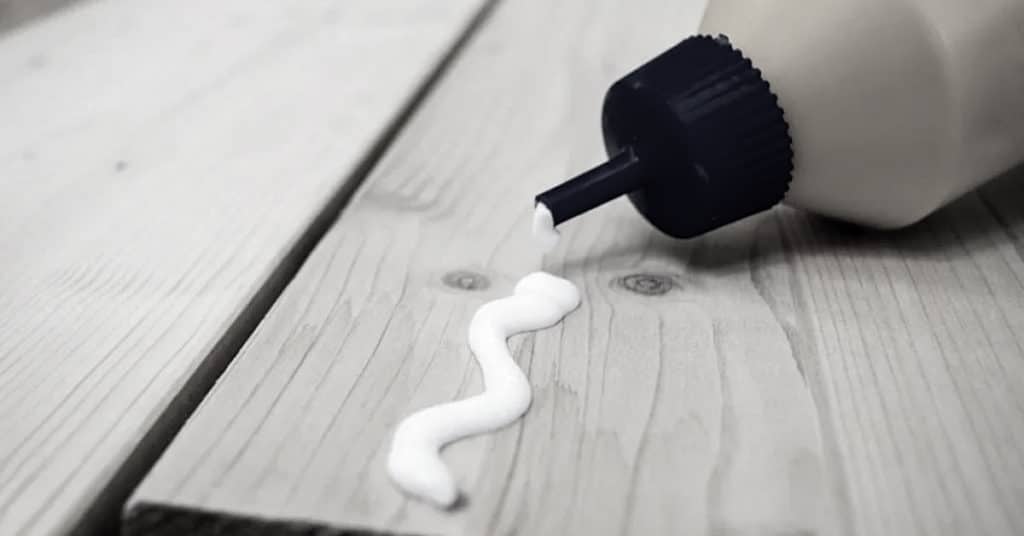
Wood glue is a type of adhesive that is used on wood-based materials. It typically has a gap-filling ability, meaning it can fill gaps in joints that would otherwise weaken them.
The consistency is similar to that of yogurt or butter, as opposed to liquid adhesives such as Super Glue.
Most wood glues need a few hours to dry completely, but there are also fast-drying varieties that will set within 30 minutes after application. These must be properly aligned before they dry or won’t hold together well.
There are two main types of wood glue: water-based and solvent-based.
Solvent-based needs to be mixed with an appropriate solvent before use, while water-based types may only require adding cold water or hot water depending on their viscosity when bought.
However, some solvents may damage the material being glued, so care should be taken if this type of adhesive is used for essential projects.
Read More: Wood Glue Vs. Super Glue
TOP 5 Applications of CA Glue
The following are the five most common applications of CA glue, with a detailed description of each.
1. Molding parts together – CA glue can help cure balsa wood while assembling complex models. The excess cure accelerates in a short time, so adding pieces to a structure will bond almost instantly, speeding up building processes considerably.
2. Strengthening joints – Most often used for woodworking, this application is perfect for keeping joints tight even when force is applied from outside forces or swelling due to humidity changes.
3. Bonding materials that don’t react well to adhesive- CA glue can be used on materials like metal and PVC without breaking down into gooey substances due to their chemical makeup.
4. Binding smaller projects together- If you’re working on a small project, such as assembling two bookshelves side by side, you might find that your adhesive runs out before the project is finished. Using CA glue to bind them at their bases will allow you to complete your project without worrying about running out of adhesives too soon.
5. Repairing existing bonds- If damage is done to an existing bond between two surfaces (such as wood or plastic), sometimes using more adhesives won’t be enough to repair it.
Read More: Construction Adhesive vs. Wood Glue
TOP 5 Applications of Wood Glue
1. Cabinetry – Many cabinets are made at least partially of wood, requiring wood glue to keep all the pieces together. You will usually find that the stiles, rails, and panels are glued together, and sometimes the doors and drawer fronts.
2. Countertops – Wood glue is often used to adhere countertops to cabinets. This is particularly common with butcher block countertops, which are made of strips of wood glued together.
3. Flooring – Many types of wood flooring are installed by gluing the boards to the subfloor. This can be done with either solid wood or engineered wood flooring.
4. Furniture – A lot of furniture is made with wood glue, particularly chairs, tables, and dressers. Sometimes the entire furniture is made with wood glue, while only certain parts are glued at other times.
5. Woodworking – If you are doing any woodworking, there is a good chance you will need to use wood glue. This is especially true when working with small pieces or delicate joints.
Read More: Titebond 3 vs. Gorilla Wood Glue vs. Ultimate
Is CA glue stronger than wood glue?
Yes, CA glue is stronger than wood glue. If you’re gluing together any manufactured product, CA glue is what you’ll want to use because it contains more synthetic resins known for high strength and flexibility. The chemical reaction in a C-A Bond creates a solid matrix, which can withstand heavy loads over time.
Is CA Glue the Same as Wood Glue?
One of the most common questions we get from customers, is CA glue the same as wood glue? The answer to this question is no, for many reasons. CA glue sets up the fast-drying adhesive. It has a strong bond, dries clear, and is waterproof.
Can you use CA glue on wood?
Yes, you can use CA glue on wood. It can also use oily woods and bond wood to metals.
Why would someone choose to use wood glue over CA glue?
Wood glue has a lower dry time than CA, which makes it easier to sand once dry. It also doesn’t emit an odor when curing, which is advantageous in confined spaces or for those with chemical sensitivities. The cure rate of wood glue is slower than that of CA; however, this allows you more time to re-position your pieces before they set. There are advantages and disadvantages to both types of glues, so experiment to find what works best for you!
Last Opinion
So what should you use in your projects: CA glue or wood glue? The answer is a lot more complicated than it might seem. You need to consider what type of project you’re working on, the type of bonding you want, the qualities you want to impart to your project, and your budget when picking between these two choices.
Remember that specific jobs for which one of these glues may be better suited than the other – although this can still depend on your preferences. The best way to decide is to know as much about them as possible!

